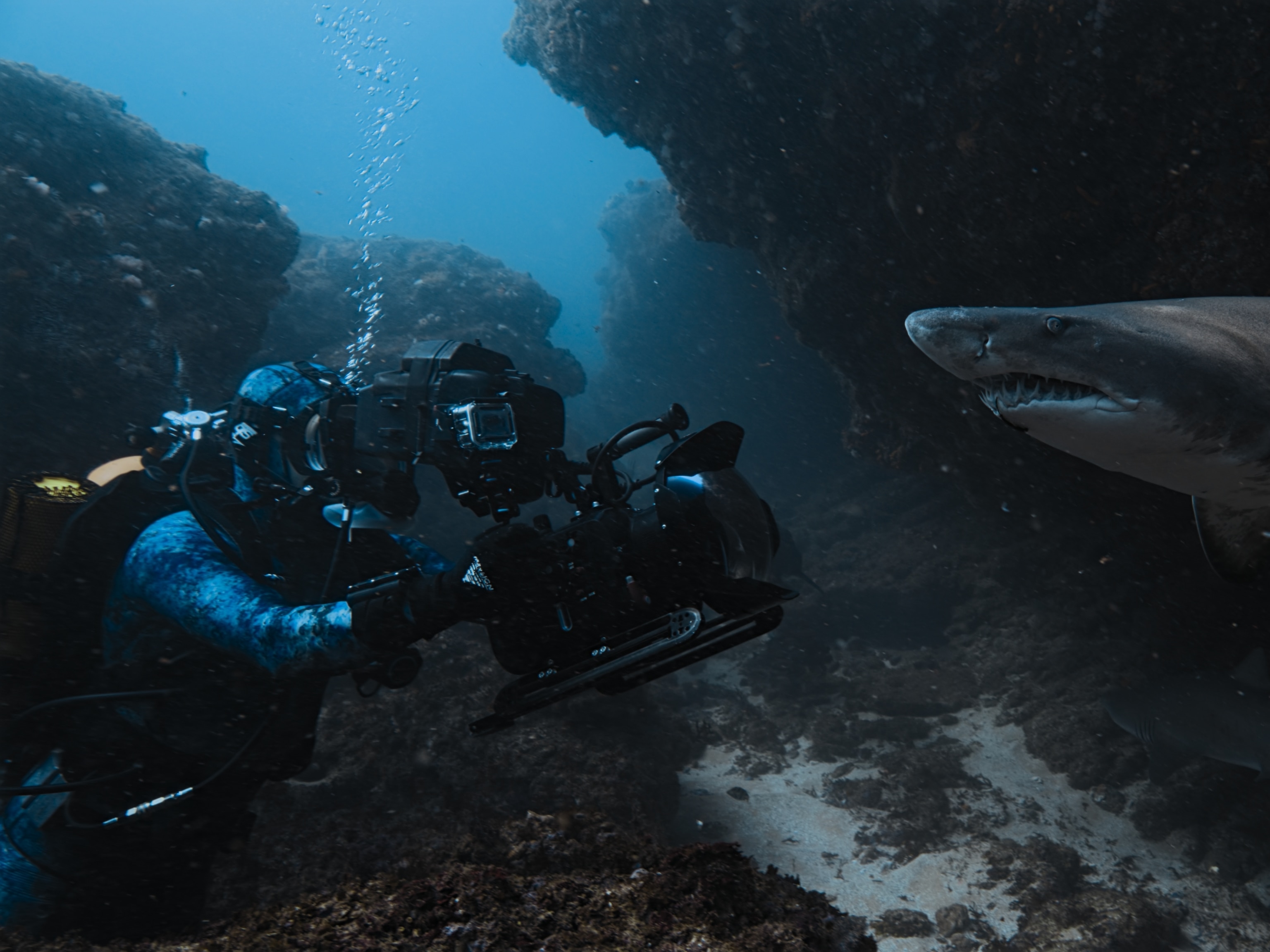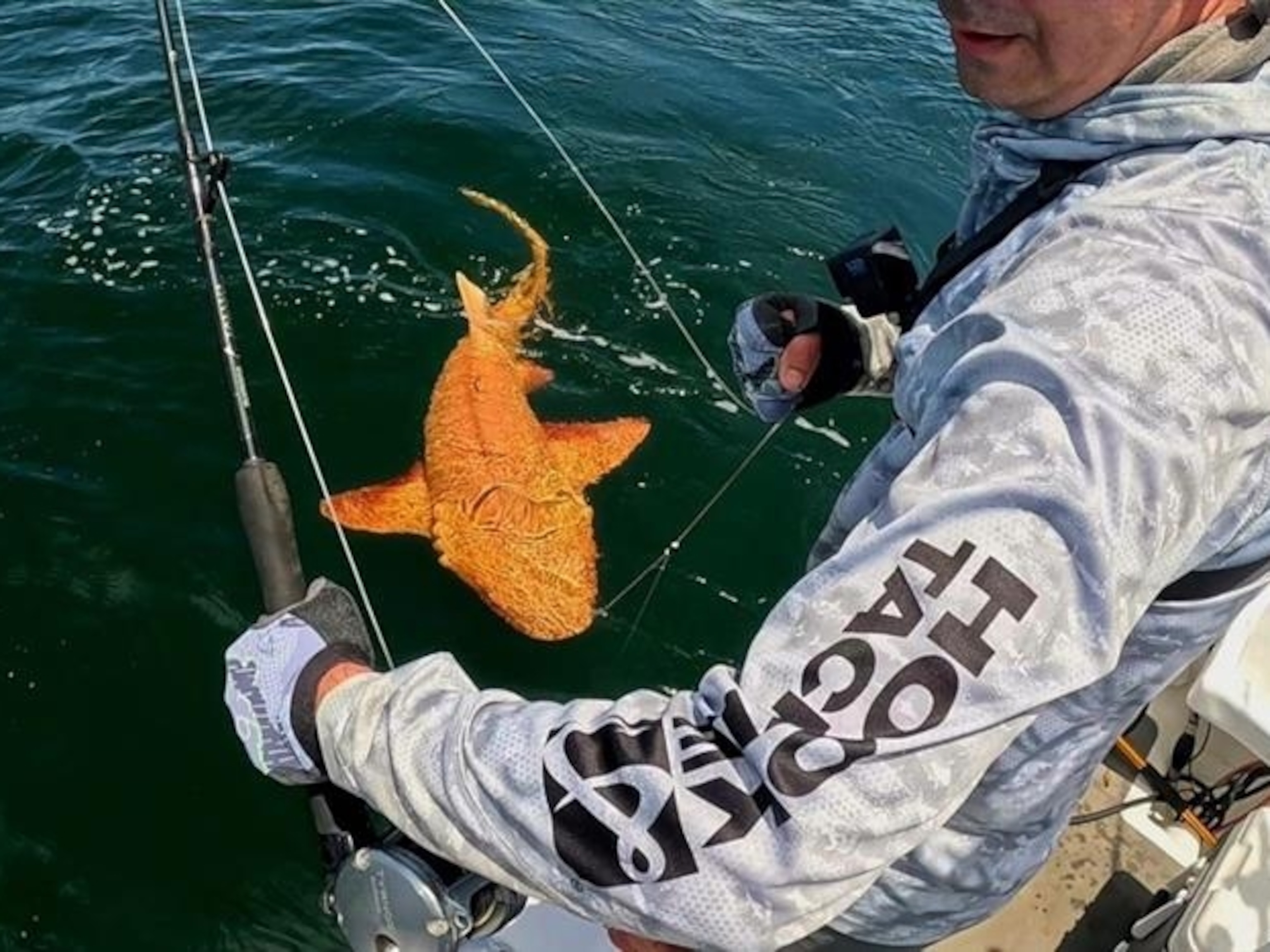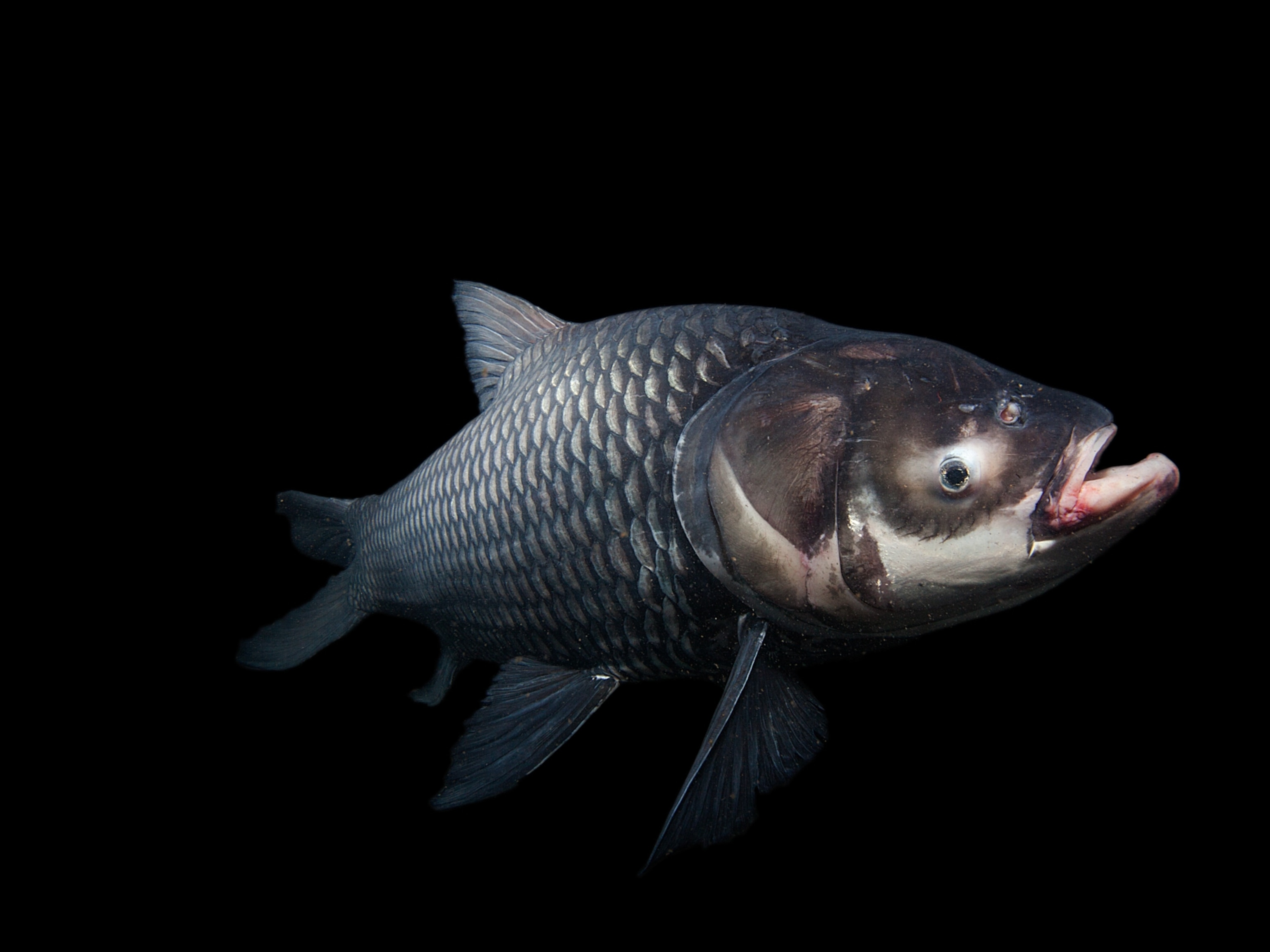
Two-Headed Creatures Defy the Odds
Some animals, like turtles and bull sharks, are sporting two heads.
We recently covered a two-headed bull shark fetus that was found by a fisherman and described by scientists in a journal. That story got more than ninety comments and more than four thousand Facebook likes, and it got us thinking about what other two-headed creatures might have been found.
So in lieu of this week’s Freshwater Species of the Week, we did some research and put together this short list of some of the more interesting two-headed animals.
As we recently reported, the two heads typically arise through a process called “axial bifurcation,” in which the embryo doesn’t finish splitting into twins. This condition has been seen in a number of animals, including human beings.
(Life Is Confusing For Two-Headed Snakes)
In addition to gawking at their strangeness, we suspect there may be things scientists can learn from these oddities, such as how living things develop in the womb, and how complications can arise. Life can require very complex processes, so it is perhaps not surprising that sometimes things don’t quite work out according to “plan.”
(Two-Headed Shark Is First of Its Kind)
Many of our readers speculated that the two-headed bull shark was the result of pollution or even radiation from Fukushima. But it’s very difficult to pin one abnormality on any particular environmental factor or event, and sometimes things just go wrong on their own.
The lead scientist who studied the unusual bull shark specimen, C. Michael Wagner of Michigan State University, had told us, “In and of itself, this single natural history observation does not tells us anything Earth-shattering about the health of the world’s oceans or populations of bull sharks. It’s simply a rarely observed phenomena that we recorded.”
What other rare phenomena have you seen?





